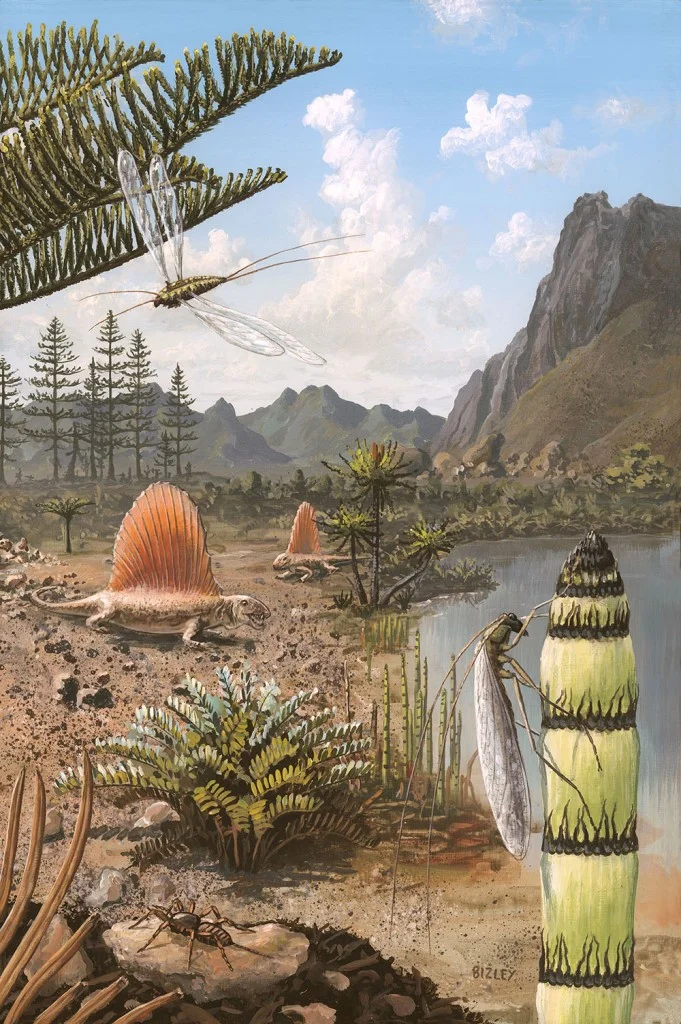A ground breaking new book brings together two of the major disciplines behind the popular film franchise Jurassic Park, with the aim to raise the profile of insect fossils through stunning photographs and unique illustrations.
Fossil Insects, by David Penney and James E Jepson, details the incredible preservation and diversity of fossilized insects from around the globe, setting the scene for what these incredible fossils can tell us about both ancient and modern worlds, possibly even the future of our planet. Not unlike the mosquito in Jurassic Park, many of the hundred of thousands of specimens of ancient insects have been preserved in amber.
Through the use of pioneering scientific methods and state of the art technology Dr David Penney, of the University of Manchester, has drawn upon his knowledge of both entomology and palaeontology to unveil some astonishing things about these fossilized creatures during the course of his research.
He says: “Insects are the most diverse group of creatures on the planet today. Many of them were around even before the time of the dinosaurs. Bringing together entomology and palaeontology through the study of insect fossils has great potential for revolutionising what we know about both subjects.”
The ancient insects have been brought back to life in the book through illustrations that for the first time depict long vanished arthropods among the landscape of the age of the dinosaurs. In a unique collaboration, artist Richard Bizley has created seven reconstructions of each of the major periods from the Devonian through to the Tertiary.
In order to make the animals in his paintings look as realistic as possible, Richard created models using scientific drawings and pictures of fossils. He proceeded to photograph them to in order to see how the light behaves.

Richard says: “When reconstructing fossil insect species, special attention needs to be paid to important diagnostic features, such as the wing venation patterns and the relative lengths of appendage segments. The fact that many fossil insect species are known only from isolated wings posed additional problems. This is where the collaboration with experts became very useful and I worked closely with Dr Penney to produce an accurate reconstruction based on the comparative study of both fossil and living insects.”
He continues: “Plants can be difficult, especially as we are unsure how some of them looked. It is rare to get a fossil of a whole plant, so I had to paint according to the best estimation of how they looked, using the evidence available. Fortunately, scientists have learnt enough to provide some good ideas and many living plants are closely related to those that have become extinct.”
Even though Jurassic Park remains a fantasy for now, Dr Penney says the book and the film did result in an increase in research on fossil insects. He’s hoping that his book, Fossil Insects, will open up the research to even more people.
He says: “This is the first book to merge these two disciplines in an accessible way, using plain and simple language. It is a book for anyone with a passion for palaeontology and/or entomology.”
Contributing Source: Manchester University
Header Image Source: WikiPedia




